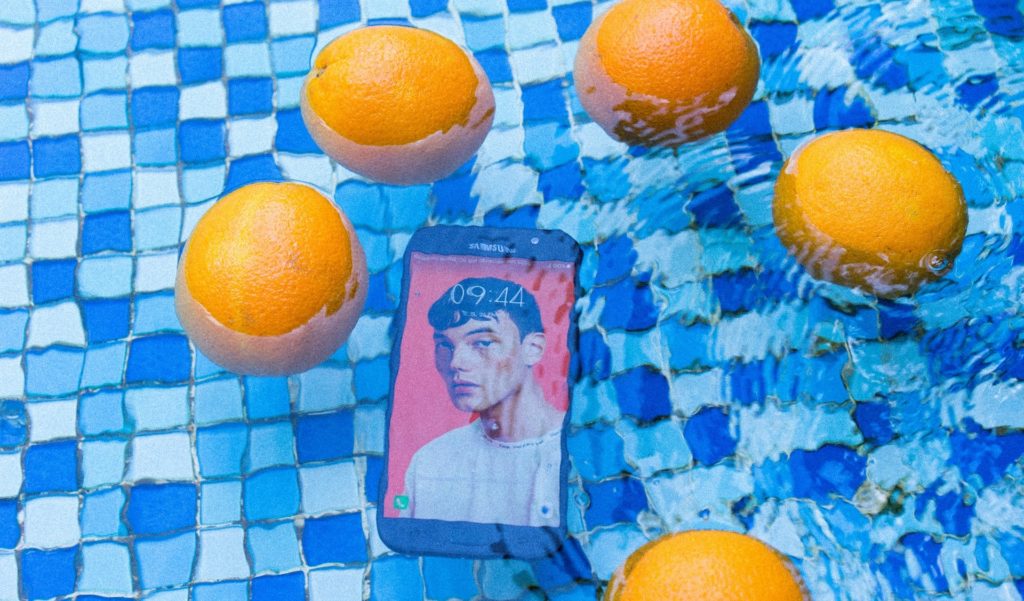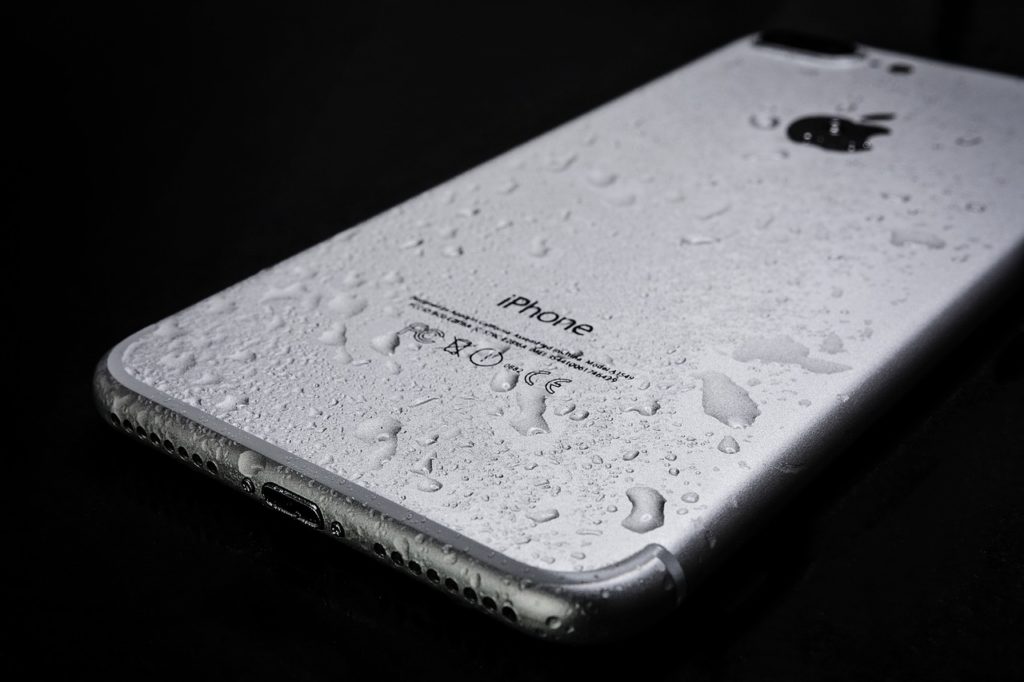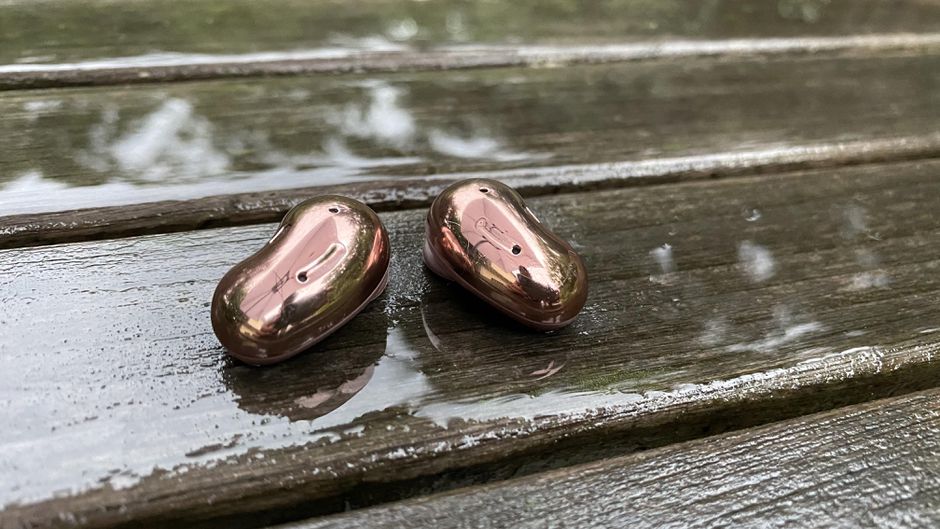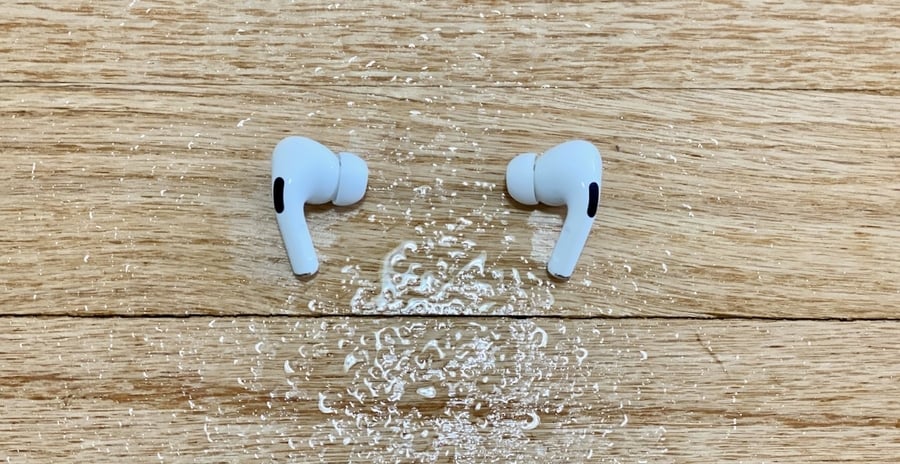More often than not, we are greeted by dust and waterproof claim stamped on a product backed up by an IP rating and you wonder how much dust/water can this phone take. For definition sake, IP means Ingress Protection and it is a standard controlled by the IEC (International Electrotechnical Commission) to measure the protection devices have against solids and water. It is usually accompanied by two digits following ‘IP’ which signifies the level of protection against the aforementioned elements. The first digit is concerned with solids (dust mostly) and varies from 1 – 6 or it might just be X if unspecified. On the other hand, the second digit goes from 1 – 8 and can also be replaced by X if it is unspecified but that is hardly the case. Now that we’ve gotten that off the way, we can talk about how much of this is applicable in real-life situations. To begin with, there is no device that is truly waterproof not unless it has been approved for swimming, deep-sea diving or explicitly states so. In most cases, when it comes to consumer products where details are mostly vague and just marketing propaganda. There is a need to exercise caution. when it comes to exploring the dust or waterproof capabilities of your gadget. In some cases, the warranty does not even cover water damage despite it being branded waterproof so you must read the fine print of what is covered by your device manufacturer. Before we delve into the technicalities of what IP ratings entails, all of the tests that are carried out to get the IP ratings are under controlled conditions and is only done on a sample product and not the entire stock. Also, manufacturing flaws or defects is a very common occurrence especially when it comes to devices that are made in large quantities like phones, speakers, smartwatches, or fitness trackers. What I am trying to say is don’t be too eager to take your gadget for a dip in the pool or your kitchen sink.
How IPX Rating Works and Why It Matters
For the first part of the IP rating which has to do with solid ingress protection depicting what size of material can get inside your gadget. Most times, gadgets or devices have a compact build and do not allow outside particles in which makes the rating from 1 – 4 conferred to most devices by design. The significant part of the IP rating as regards solid ingression has to do with the 5 (IP5X) and 6 (IP6X) ratings. With a first digit value of 5, it means your device is dust resistant but not impervious to it and the entry of dust does not affect its function unless it’s in large quantity. A value of 6 however means your device has absolute protection against dust and does not allow the entry of dust. However, this might not still be valid after your device has endured some drops or it has undergone repair so you might want to careful with that. Although, dust is the least of your problems when using a smartphone in comparison to water. Moving on to the part of IP rating which has to do with protection against water and certainly the most important part of the standard. In the scope of consumer gadgets, the value goes from 0 to 8 and IP68 is the best rating your consumer device can carry. Going into the details, the protection that each value from 1 through to 8 offers varies which is why we will be looking at each one and what it means for your device. Before we get into it, a value of 0 means the device does not have any protection from liquid (water).
IPX1
This connotes that your device is protected against 0.039-inches of water dripping vertically for 10mins when your device is in an upright position. In order for this to work, it has to be a tiny film of water.
IPX2
Another protection from dripping water but at this point, a slight tilting device up to 15 degrees is allowed and for slightly bigger drops but still small ones though. The time span that your device is safe under this condition is 10 minutes and a longer duration might cause damage. Some Jabra and Galaxy earbuds carry this IP rating.
IPX3
As you progress, the resistance against water increases, and at this level, gadgets with this rating can withstand water from a shielded nuzzle within a 50 — 150 kPa pressure range for 10 minutes. During this period, your gadget can be tilted up to 60 degrees to the vertical plane.
IPX4
Going up the ranks, this has to do with water splashes. Having this rating on your device means that it can take water splashes against the ‘enclosed part‘ of the device without being damaged. In the case of the AirPods Pro, for example, the mic and speaker areas are still susceptible to sweat and water the other enclosed parts would be protected against. That being said, devices with this rating can survive accidental water spills of small quantity but not submerged liquid. The time of exposure for IPX4 rated gadgets during tests is 10 minutes as well and can take heavy sweating in the case of an earbud or fitness tracker.
IPX5
In terms of technicalities, this has to do with exposure to waterjets (nozzle hole not more than 6mm) at a pressure of 12kPa with a volume of 12.5 liters per minute. So what does that means in reality? You can take a chance with these devices in the rain or shower but don’t make it a habit.
IPX6
This is basically a better version of the IPX5 rating against a more powerful water jet which means it can take more pressure (up to 100kPa) with more volume of water involved (100 liters per minute). Back to reality, this just gives more assurance of taking this in the rain or shower. However, it is still better to be safe than sorry because this is only valid if the water hits an enclosed part of your gadget.
IPX7
Here is where the immersion protection starts. This rating means that the device can survive up to a depth of 1m in water for 30 minutes. So you know how deep your device can survive in water; 1m is just about 3ft but that does not mean you should plunge it in water unnecessarily. Also, freshwater is used in these scenarios so you might not want to take for a plunge on the beach.
IPX8
Simply put, this is like a better-protected IPX7 rating with more depth protection in water up to 4m for the same 30 minutes. Depending on the device manufacturer, you can have a 1.5m depth protection in water and still be rated IPX8. For example, the iPhone 11 and iPhone 11 Pro have IP68 rating. Useful to add that the former can only last up to 2m in water while the latter has a water-resistant level of 4m.
Summing-up
As nice as having a waterproof device sounds, you should know that the certification process for a gadget to be rated IP68 or IP67 is specified by the manufacturer. In addition, this process is carried out under controlled conditions of specified temperature, pressure and so on which is often not the case in reality. More so, the conditions under which these devices get their IP rating are hardly ever disclosed so you have to be careful how far you push your device even if its within the scope of the IP rating.









